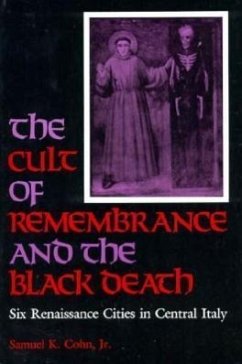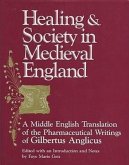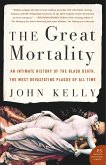In his award-winning study, Death and Property in Siena, historian Samuel K. Cohn, Jr., used close analysis of last wills to chart transformations in mentalities over a six-hundred-year history. Now, in The Cult of Remembrance and the Black Death, Cohn applies the same methodology to fashion a comparative history of six Italian city-states - Arezzo, Florence, Perugia, Assisi, Pisa, and Siena - showing the rise of a new Renaissance cult of remembrance. In 1363 the Black Death devastated central Italy for the second time, causing a detectable shift in notions of afterlife and patterns of charitable giving. Throughout Tuscany and Umbria, patricians and peasants alike abandoned the practice of dividing their bequests into small sums, combining them instead into last gifts to enhance their "fame and glory". But this new cult of remembrance, Cohn argues, does not support Burckhardt's thesis of Renaissance "individualism". Instead, the new piety grew in tandem with reverence for ancestors and a strong sense of family identity founded on the importance of male blood lines. But rather than retreat into the religious pessimism of earlier times, survivors of the plague would develop into a new generation of art patrons, albeit one with a taste for distinctively cruder and more regimented forms of religious art. From the supposed center of Renaissance culture - Florence - to the citadel of Franciscan devotion - Assisi - the widespread change of sentiment created a new demand for monumental burials, testamentary commissions for art, and other efforts to exert control over the living from beyond the grave.
Bitte wählen Sie Ihr Anliegen aus.
Rechnungen
Retourenschein anfordern
Bestellstatus
Storno








